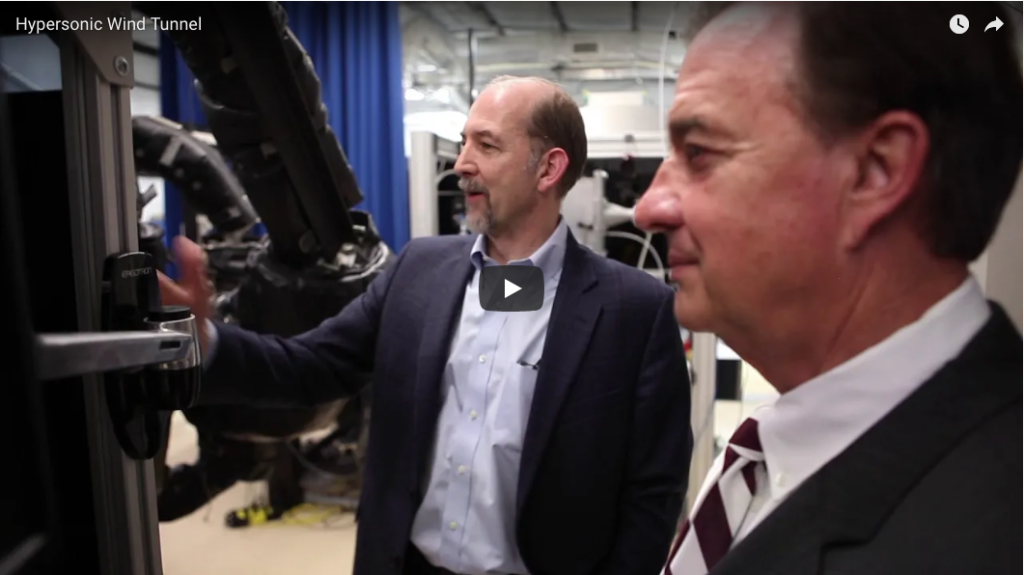Air Force Looks To Texas A&M To Reach Hypersonic Speeds
 Texas A&M University Builds Mach 15 Wind Tunnel
Texas A&M University Builds Mach 15 Wind Tunnel
COLLEGE STATION, Texas — Once thought impossible, supersonic speeds have been easy to achieve for decades. Now, the race is on to lead the hypersonic era. See the video
Texas A&M University has answered the call of the U.S. Air Force, and Aggies are working every day to better understand hypersonic speeds, which are defined as anything faster than 3,709 miles per hour, also known as Mach 5.
Air Force officials will be on campus at Texas A&M this week as part of a new initiative referred to as “Science and Technology 2030.” The U.S. Air Force is looking for help from universities like Texas A&M to better understand hypersonics and what it takes to build vehicles and defense systems that operate at speeds that can melt most metals and even change the air on a chemical level.
Since both China and Russia are rapidly developing hypersonic weapons and technology, the need for hypersonic research in the U.S. is a pressing matter of national security.
Texas A&M University System Chancellor John Sharp recently spoke with Dr. Rodney Bowersox, head of the Aerospace Engineering department, and Dr. Simon North, head of the Chemistry department, about hypersonics and the work being done at Texas A&M University.
“Texas A&M University students and scientists are in a unique position to lend their expertise to the Air Force,” Chancellor Sharp said. “We take our role seriously here and understand that the work of Aggies is vital to the future security of our nation.”
Using a collection of powerful Aggie-built wind tunnels, university students and their professors from the departments of Aerospace Engineering and Chemistry the are working with the federal government to help the U.S. understand the how hypersonic speeds of up to Mach 15 will affect different materials.
The knowledge garnered at Texas A&M will be used soon to build better, safer and faster hypersonic vehicles, Dr. Bowersox said.
“The students who come through this lab are unlike anyone else in the country,” he said. “Their experience here is quite unique.”
Dr. North called the wind tunnels and the Texas A&M facilities “a playground for a chemist.”
“The kinds of conditions that Rodney is able to make in all these tunnels are really like nothing you can make in a lab anywhere else,” he said.
Maj. Gen. William Cooley of the Air Force said recently that the future of national security depends of scientific research and development. Universities will help advance technologies, push boundaries and identify the next technological breakthroughs to maintain the United States’ military dominance. The work is vitally important, he added, since other countries are currently advancing faster than the U.S.
About The Texas A&M University System
The Texas A&M University System is one of the largest systems of higher education in the nation, with a budget of $4.7 billion. Through a statewide network of 11 universities and seven state agencies, the Texas A&M System educates more than 152,000 students and makes more than 22 million additional educational contacts through service and outreach programs each year. System-wide, research and development expenditures exceeded $972 million in FY 2016 and helped drive the state’s economy.
Contact: Laylan Copelin
Vice Chancellor of Marketing and Communications
(979) 458-6425
(512) 289-2782 cell
lcopelin@tamus.edu
